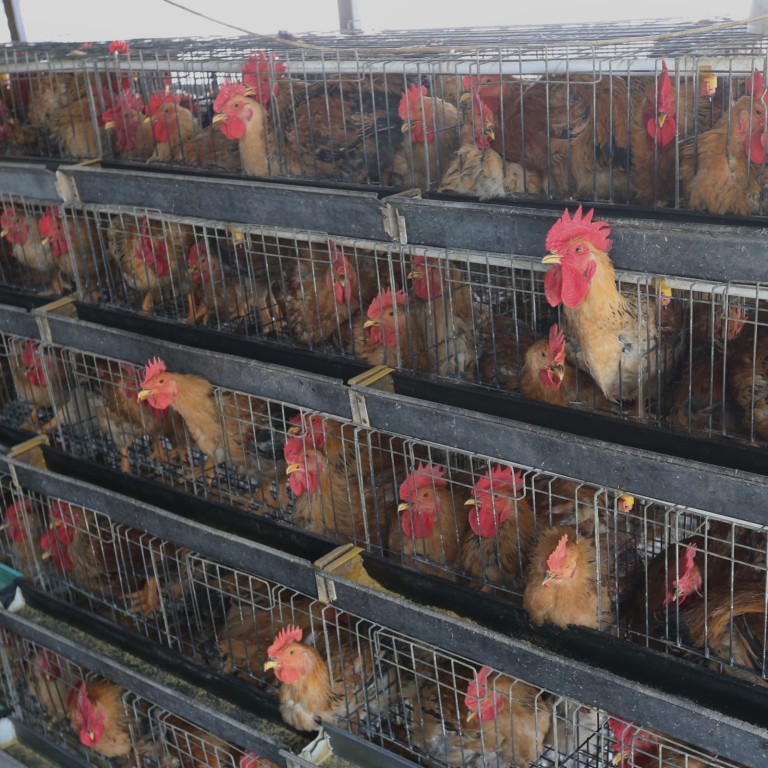
UN agency warns risk of bird flu crossing China's borders grows
UN agency warns that cases in Guangxi mean more vigilant efforts needed to stop spread
The proliferation of the H7N9 bird flu virus among poultry in live-bird markets in Guangxi has "significantly increased the risk" it will spread to neighbouring countries, a United Nations agency warned.
The Food and Agriculture Organisation yesterday urged countries sharing a border with China to review their emergency preparations and response plans to address a possible outbreak.
"The current situation in Guangxi will require a renewed vigilance to mitigate the effects of cross-border spread," it said.
Its warning came after the province reported two human cases of H7N9 on Tuesday, involving a five-year-old boy and his 41-year-old mother.
Guangxi, which shares a border with Vietnam, was where the Chinese authorities tracked movement of the H7N9 infection to live-bird markets between January 24 and 28. It was also where the first human casualty was reported. Neighbouring Yunnan shares borders with Vietnam, Myanmar and Laos.
China's national health commission said there was no proof that H7N9 was spreading sustainably from person to person, but it could not rule out the possibility of "limited" human-to-human infections.
There have been at least 290 confirmed human H7N9 cases and 66 deaths in the mainland, Hong Kong and Taiwan.
Beijing, Guangdong and Hunan each reported a new human case of H7N9 yesterday, while Jiangsu reported two, Xinhua said. All patients had been exposed to poultry except the Guangdong case, but there were no details about how the Foshan woman, 36, contracted the virus.
The fact that the virus produced no detectable symptoms among infected birds had seriously disrupted poultry production and markets, the UN said, adding that close contact between infected poultry and humans - particularly during festivals such as the Lunar New Year - presented a serious health risk.
Despite the risk, there was no evidence that the virus was present in Vietnam or any of China's other neighbouring countries in Southeast Asia.
But there were indications, based on experience with the H5N1 virus, that H7N9 was easily capable of crossing borders.
A three-week ban on live chicken sales is in effect in Hong Kong until February 18 after H7N9 was found in a live chicken from the mainland. University of Hong Kong microbiologist Ho Pak-leung said poultry exposure was the main cause of human infections and warned the public to avoid contact with live poultry.

